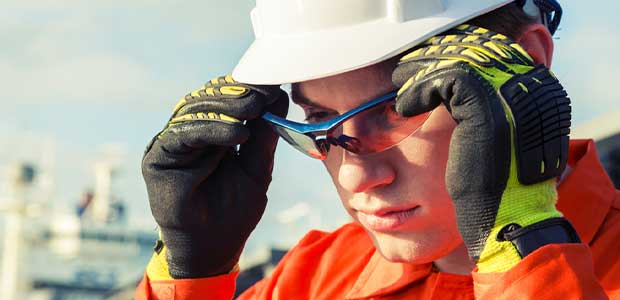
Visualize the Future: Choosing the Right Safety Eyewear
From features to lens color, the options are endless.
- By Katherine Faulk
- Jun 01, 2022
Personal protective equipment (PPE) is crucial for reducing the risk of worker injury. Wearing PPE is not enough. You need to ensure that workers are wearing the right PPE for the specific job application and environment.
According to NIOSH, 2,000 workers sustain eye injuries at work every day. About one-third of these injuries require medical attention at a hospital. The most common eye injuries are striking/scraping, penetration and chemical/thermal burns. A small minority of workers contract eye diseases such as the avian flu or hepatitis B. Ninety percent of workers could lessen or avoid injury by wearing eye protection according to ISHN.
Safety Eyewear Types
The reason the term safety eyewear is often used instead of just safety glasses is that eye protection comes in more forms than just the standard frameless lens. Each variation has its own benefit.
Full frame glasses feature lenses that are surrounded and held in place by a sturdy frame, making them perfect for a multitude of job applications or for leading an active lifestyle. They also tend to provide a closer fit than half frame or frameless options.
Half frame glasses blend the breathability of a frameless design with the durability provided by a full frame. Many half frame options come with an adjustable nosepiece feature allowing them to function and fit much like regular glasses. They are ideal for any application where both durability and an unobstructed line of vision are equally important.
Frameless eyewear perfectly couple simplicity and style allowing them to work in applications and environments where a full field of vision is ideal, if not essential. Because they are lightweight and provide the wearer with an unobstructed view, they are excellent choices for those required to wear eye protection for extended periods of time.5
Goggles provide protection against a variety of different potential hazards, including things like chemical splash, flying particles, wind, sun glare and dust. No matter what unique protection your application or environment requires, with features like thermo and anti-fog lenses, open and close ventilation systems, and removable face shields, there are goggles to meet your needs.
This article originally appeared in the June 2022 issue of Occupational Health & Safety.